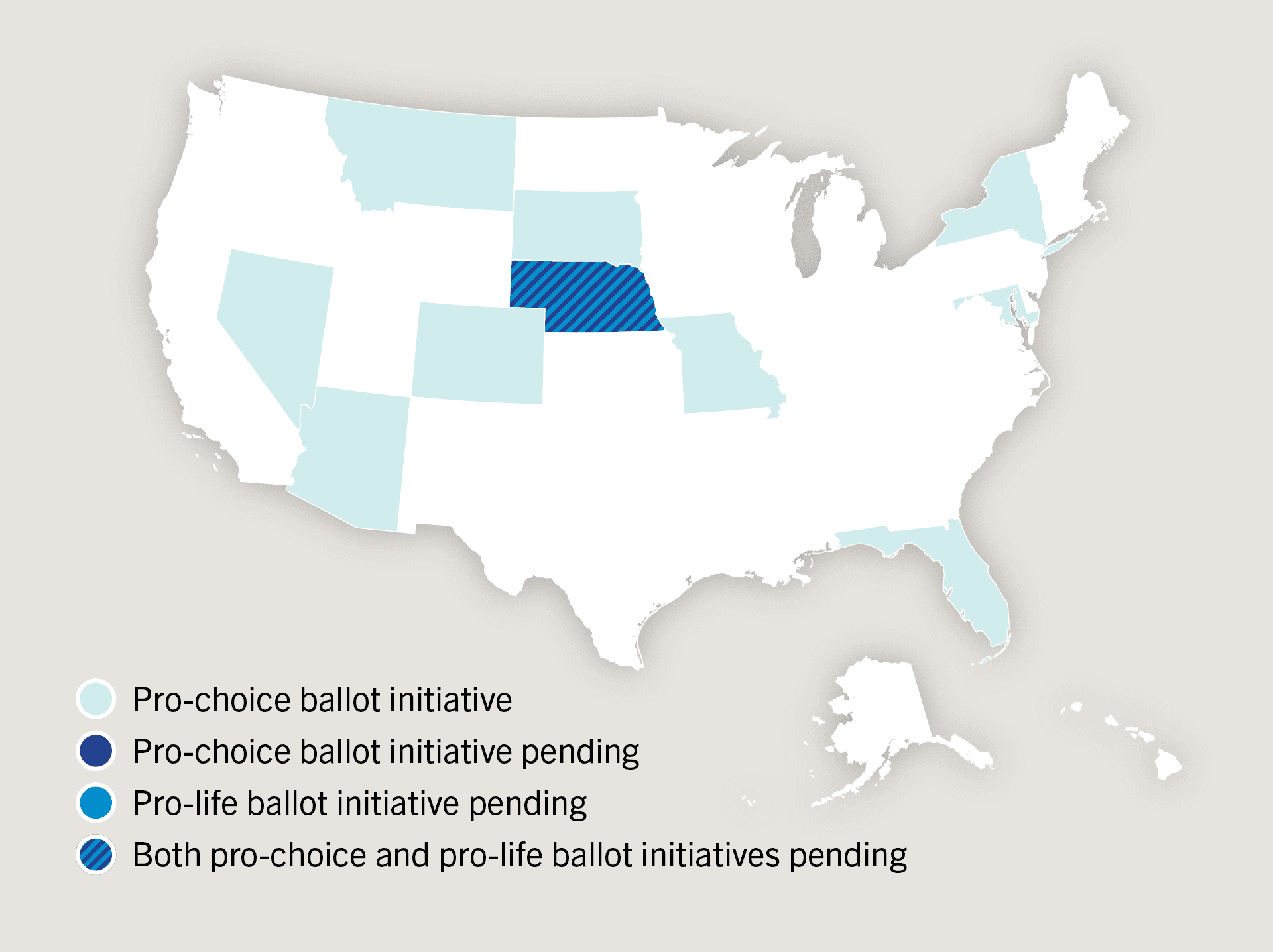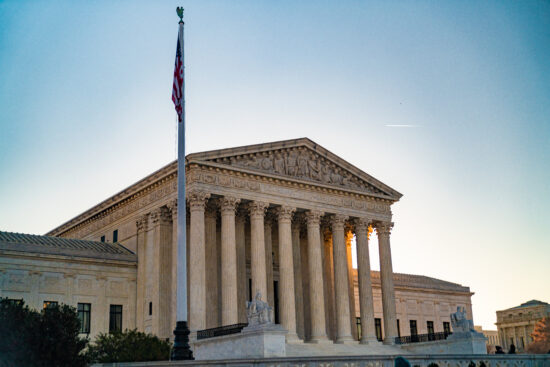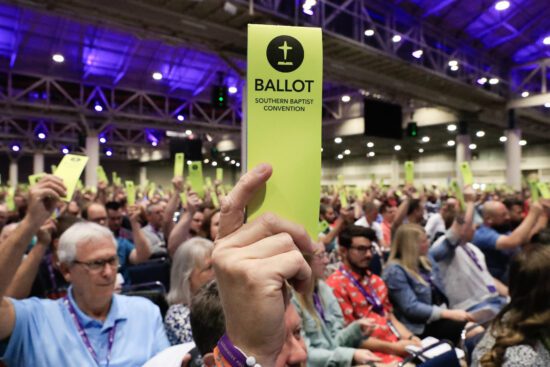A lot can be lost in a single generation. Ronald Reagan famously admonished Americans that they had to teach the principles of freedom to a rising generation or those principles could be lost. The writers of Scripture often warned the leaders of Israel that unless they rehearsed the works of God to their children and grandchildren, a generation would arise that “knew not the Lord or his ways.” Read the pages of Scripture and church history, and you’ll find a troubling reality: It is far too easy to begin well and end poorly.
Southern Baptists have a lot to pass on to the next generation, and one of the most important principles is the concept and practice of cooperative mission. Our cooperative mission strategy has yielded one of the greatest gospel movements in history. If we are going to remain faithful as a denomination, then we will only do so by remaining fixed on the mission Christ commissioned for us.
Passing the torch of mission in the SBC
Cooperation between churches for the sake of mission is what drives the Southern Baptist Convention (SBC). Of course, Baptists didn’t invent the idea of missional cooperation. All throughout the New Testament, we see churches partnering together to advance the mission. Paul mentioned giving—from one church to another—in several of his letters (Rom. 15:26; 1 Cor. 16:1; 2 Cor. 8-9; cf. Acts 11:27-30). Interestingly, when Paul mentioned the gift given by the Macedonian Christians in Romans 15, he called it “koinonia”—literally, “fellowship.” Chad Brand, in his online article, “Cooperative Ministry in the New Testament,” goes so far as to say that financial sharing for the sake of the mission is the key element of fellowship for churches in the New Testament.
The church I pastor, The Summit Church, has “fellowshipped” with the SBC since our birth. It is a partnership that has greatly enriched us. For instance, the SBC enables and equips us to send our people out in ways that we could not do alone. We currently have more than 200 people serving overseas, most of whom are with the International Mission Board (IMB). That’s an enormous investment, and we are incredibly grateful to stand with Southern Baptists in support of all our missionaries.
Closer to home, the North American Mission Board (NAMB) has been a crucial partner in all of our 43 domestic church plants. Then there’s the world-class training provided by our SBC seminaries, which has equipped a huge portion of our staff. And I can’t ignore the personal debt I owe to the SBC as a two-time seminary graduate and former IMB missionary! I could go on—retirement benefits, community outreach, mission trip coordination, representation in Washington, D.C., local and state church planting partnerships, aid in work among refugees and immigrant communities, and many other crucial projects.
All of that (and quite a bit more) is made possible by something that the younger generation finds uninspiring—a commitment to our institutional structures. More specifically, our mission opportunities are a result of our cooperative giving. When we give through the Cooperative Program (CP), Annie Armstrong, or Lottie Moon offerings, we are giving to a powerful and proven method for supporting the Great Commission. This is what the SBC has always
been about.
It’s hard for many people to get pumped about giving to an institution. We love hearing stories of life change and success in missions. We rarely hear (or tell) stories of the support structures that made those stories possible. Perhaps we should.
A rising tide raises all ships
One of the biggest challenges for the SBC in the next two decades will be increasing the engagement of a new generation of churches in our Convention. Much of this is specific to the SBC, but the broad strokes of these ideas apply, I believe, to all churches in the United States. If we keep our focus on the mission, we have to do what we can to continue funding the mission. God has given us what we have, not to make us more comfortable, but to make us more effective in mission. I see our engagement increasing in three key ways:
1. All churches ought to be giving more to the Cooperative Program.
That may seem obvious, but it’s worth repeating. At The Summit Church, our Great Commission Giving (i.e. all giving to SBC entities) has always been high (last year totaling 19 percent of our undesignated receipts). Over the last few years, however, we have made a concerted effort to increase our traditional CP giving as well (currently 2.4 percent of undesignated receipts). That’s worth celebrating. But I recognize that there is still a great need for more money to go through traditional CP structures.
We aren’t where we need to be yet.
And, candidly, neither are most of the churches in our Convention. I’ve heard it said that if 100 percent of the members of any one church just tithed, then most churches would more than triple their available funds. The same is true across our denomination. Our institutional structures have allowed the mission to go forward, so we should feel no shame in calling each other to keeping the mission going.
2. Since CP giving goes through the states, we should encourage state conventions to do as much as they can to get money to the field.
CP money is given for the sake of mission, particularly overseas mission among unreached people groups. As much of that money as possible should be directed toward that aim. I appreciate the conventions like Florida and Texas (among many others!) that have led the way in this, giving more of their money away to the field than they keep. Our own executive director-treasurer, Milton Hollifield, has talked about doing this in North Carolina, too. We are grateful for the many kingdom-minded leaders in our local and state conventions.
3. We should celebrate all Great Commission giving.
Some churches will choose to give cooperatively but not through the traditional CP structures. We recognize that churches have the freedom to give in various ways; however, I don’t want to see us go back to “societal giving”—where everybody gives only to their favorite entity. Overly-specified giving is not healthy in a local church, and it wouldn’t be for the Convention either. We have elected leaders, and we should trust them to steward the money. If we’re not happy with those leaders, we should vote them out. But as Paul Chitwood, former executive director-treasurer of the Kentucky Baptist Convention (and huge CP advocate) and newly-elected president of the IMB, has put it, cooperation means more than mere CP percentages. A rising tide, as they say, raises all ships; the more we celebrate all of the Great Commission giving we see in the SBC, the more we’ll see giving toward the CP rise, too.
Movements need institutions
As I look to the future of the SBC, I am reminded of the need for both movements and institutions in the kingdom of God. Movements are exciting—they are grassroots level initiatives that feel spontaneous, Spirit-prompted, and generate a lot of buzz, enthusiasm, and participation. Institutions, by contrast, have the reputation of being fixed, firm, and sometimes boring and bureaucratic. But both movements and institutions need each other. Institutions without movements lack vitality. But movements without institutions lack staying power.
For example, if you look at some of the most robust movements of church planting networks in the U.S.—many of which are doing excellent work—you may be disappointed in the actual numbers. Very few of these charismatic movements are churning out more than 100 new church planters a year. Most are sending out far fewer.
Compare that with the number of SBC graduates from last year—2,000. Even if you wanted to eliminate half of those (as underqualified or not headed into pastoral ministry), that still leaves 1,000 qualified graduates every year. Together, as Southern Baptists, we have nearly 4,000 missionaries serving overseas, in almost every nation in the world. Because of our cooperation, they have training and care structures, and a multi-million dollar budget to support them.
None of that would be feasible without the machinations of the SBC institutions. It may be easier and more exciting to jump on board with a nimble movement, but the long-term impact is not nearly as substantial. The cumbersome nature of institutions can be maddening, but there’s really no arguing with their strategic importance.
We need the institutions of the SBC. And we need the next generation to get involved in all of them. I’ve heard it said that decisions in our Convention, at every level, are made by those who choose to show up. For those of us who have led the SBC in mission, it’s time for us to encourage others to “show up” in our Convention.
More importantly, for all of the passionate, missions-minded, and movement-oriented people who are eager to see advancement in the SBC, I want to say: Show up. Stick it out. Stay involved. You need this institution, and just as importantly, this institution needs you if it’s going to stay faithful to its mission. You will always have institutions with you, but you won’t always have movements. Don’t buy the lie that you’ve got to pick between the two; instead, be the movement that these institutions need!
This article originally appeared in Light Magazine.








